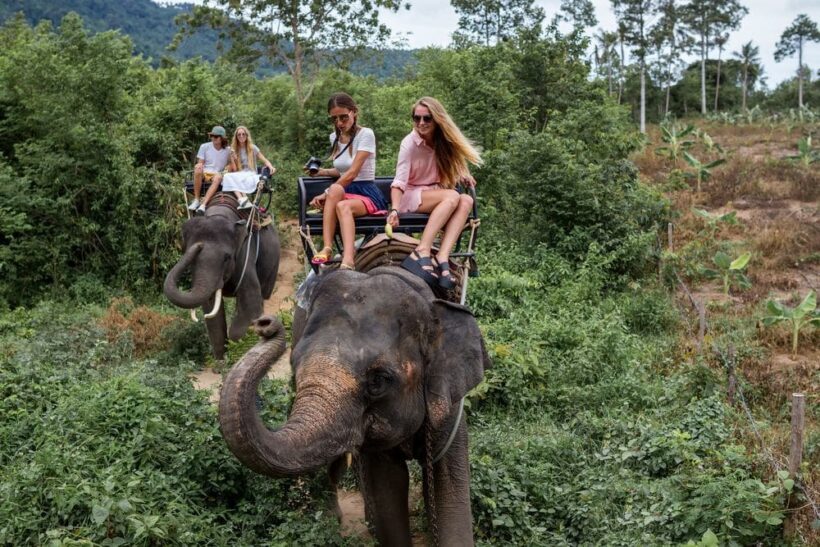What to do with Thailand’s elephants?

The goring of an Italian tourist in February 2019, whilst elephant riding in Phang Nga, was just another sad example attracting focus on the practice of providing elephants for tourists to ride. Plenty of elephant rides remain popular for tourists around Thailand and there is still plenty of demand, particularly from some international travellers.
There is a long history and tradition of Thailand using elephants as beasts of burden, but recent incidents between elephants, mahouts and tourists – especially in a tourism situation – are attracting more interest from animal rights activists and western tourists who prefer to avoid these sorts of rides.
Many of the elephants can live up to 60 years, though usually less, and are capable of ‘working’ for 40 years of their lives. Now the rain foresting logging in Thailand has been largely banned, the elephants that used to work in this industry are unemployed, as are the elephant’s mahout.
In Bangkok, up to a decade ago, it was quite common to see elephants around the streets with their mahouts begging for food. Many others have found ’employment’ around the country taking tourists for rides on their back.
Some western tourists are keen to see Thailand’s elephants relieved of their work and prefer to see them either in elephant sanctuaries, where the beasts are cared for and the contact with humans is limited, or ‘set free’, although where to release them remains unresolved.
“There are thought to be less than 5,000 elephants left in Thailand, yet a whopping 4,000 of them are captive. The latter still need to be fed and exercised, and financially support their mahout,” explains journalist Sara Reid in a Lonely Planet article.
“Following Thailand’s 1989 ban on using elephants for logging, many mahouts claim that without charging tourists for rides and shows, they would starve alongside their charges – which alone cost a minimum of 1,000 baht (US$32) per day to feed properly.”
The Wildlife Friends Foundation Thailand (WFFT) was founded in 2001 and provides full-time care for almost 1000 wild animals. They have rescued over 5,000 wild animals over 14 years ago. They manage two wildlife rescue centres, one in Thailand and one in Laos, employing 115 staff members and 60 volunteers.
Here’s a story about visiting an elephant sanctuary in Phuket.
And another about a camp in Chiang Mai.
But the challenges remain for the elephants. The cost of keeping and feeding elephants is high – they eat a LOT – and there is still demand from some tourist markets for elephant rides and closer interaction with the beats.
So, for now, most of the sanctuary-style attractions remain privately funded, through visitations and donations.
What do you think is a practical and sustainable solution for Thailand’s elephants?
More information about Thailand’s elephants HERE.
Join the conversation on our Facebook page.
Elephant 1, Car 0…
Latest Thailand News
Follow The Thaiger on Google News:


























